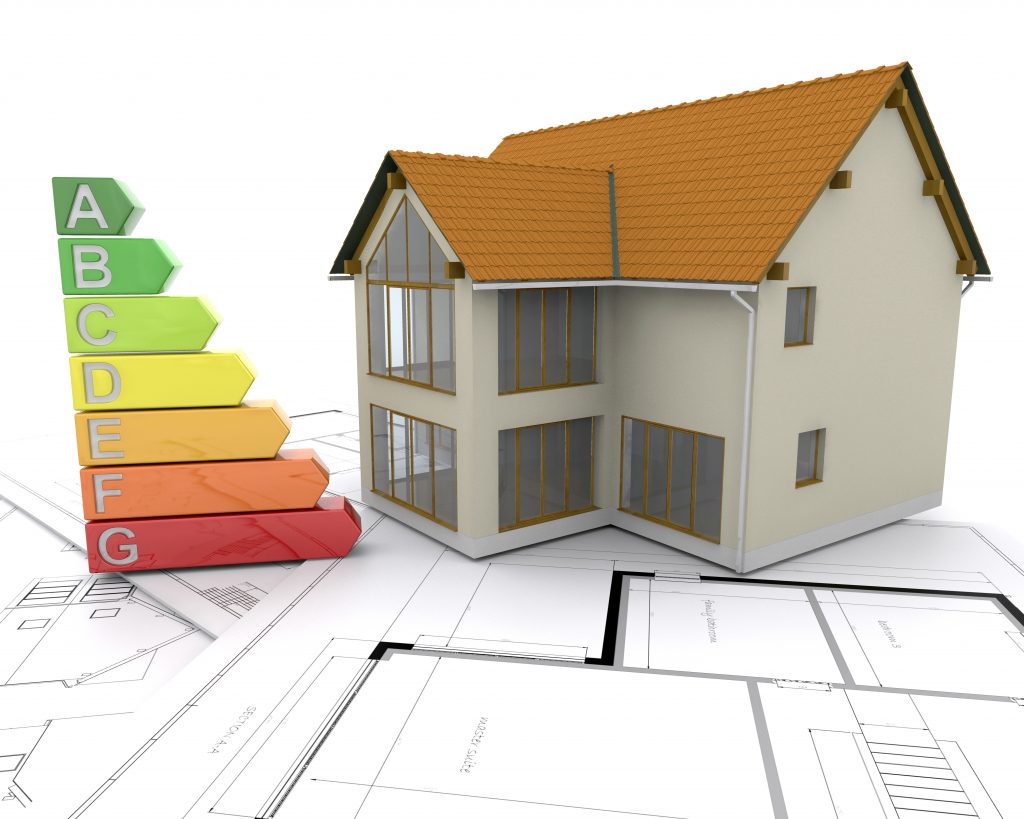Introduction to PAS 2035
Publicly Available Specification (PAS) 2035 is a UK standard, introduced in 2019, for the energy retrofit of domestic buildings. It was developed to address issues of quality and performance in retrofit projects and provides a robust framework for the design and installation of energy efficiency measures (EEMs). One of the key components of PAS 2035 is the Whole House Assessment (WHA), which forms the basis for any retrofit project.
The Significance of a Whole House Assessment
A Whole House Assessment is an evaluation of a home’s energy performance. This analysis is the first step in identifying opportunities for improving energy efficiency and reducing carbon emissions. The assessment not only considers the building’s physical aspects like its structure and materials, but also considers the people living in the home – their behaviour, preferences, and the ways they use the space.

Based on the information gathered during whole home assessment, a Medium-Term Improvement Plan is developed. This outlines the recommended energy efficiency measures such as insulation, heating system, green technologies, windows, doors, etc., their estimated costs and potential savings, and the sequence in which they should be implemented.
Insulation is a Crucial Aspect of PAS 2035 Assessments
Insulation is a key part of the PAS 2035 Whole House Assessment and retrofit process. Its importance lies in its ability to reduce heat transfer, making homes more energy-efficient and comfortable. When considering insulation as part of a retrofit, it’s important to understand its role, the different types, and how it’s assessed in the Whole House Assessment.
The Role of Insulation in Energy Efficiency
Insulation works by slowing down the transfer of heat, helping to keep a property warm in the winter and cool in the summer. By reducing the need for heating and cooling, insulation can significantly decrease energy use and carbon emissions. In fact, proper insulation can often be one of the most cost-effective ways to improve a home’s energy efficiency.
Evaluating Insulation in the Whole House Assessment

During the Whole House Assessment, the Retrofit Assessor will inspect the existing insulation in the property. They’ll assess the type, age, and overall condition of the insulation, and gauge its effectiveness in reducing heat loss.
Following this assessment, the Retrofit Assessor will recommend suitable upgrades or improvements to the insulation. This may include introducing new insulation, replacing, or augmenting existing insulation, or fixing any issues with the current installation. Recommendations might range from insulating an unheated loft or adding insulation to the walls of an older property, to enhancing insulation around windows and doors.
These recommendations form the part of the Medium-Term Improvement Plan, prepared by after the assessment.

